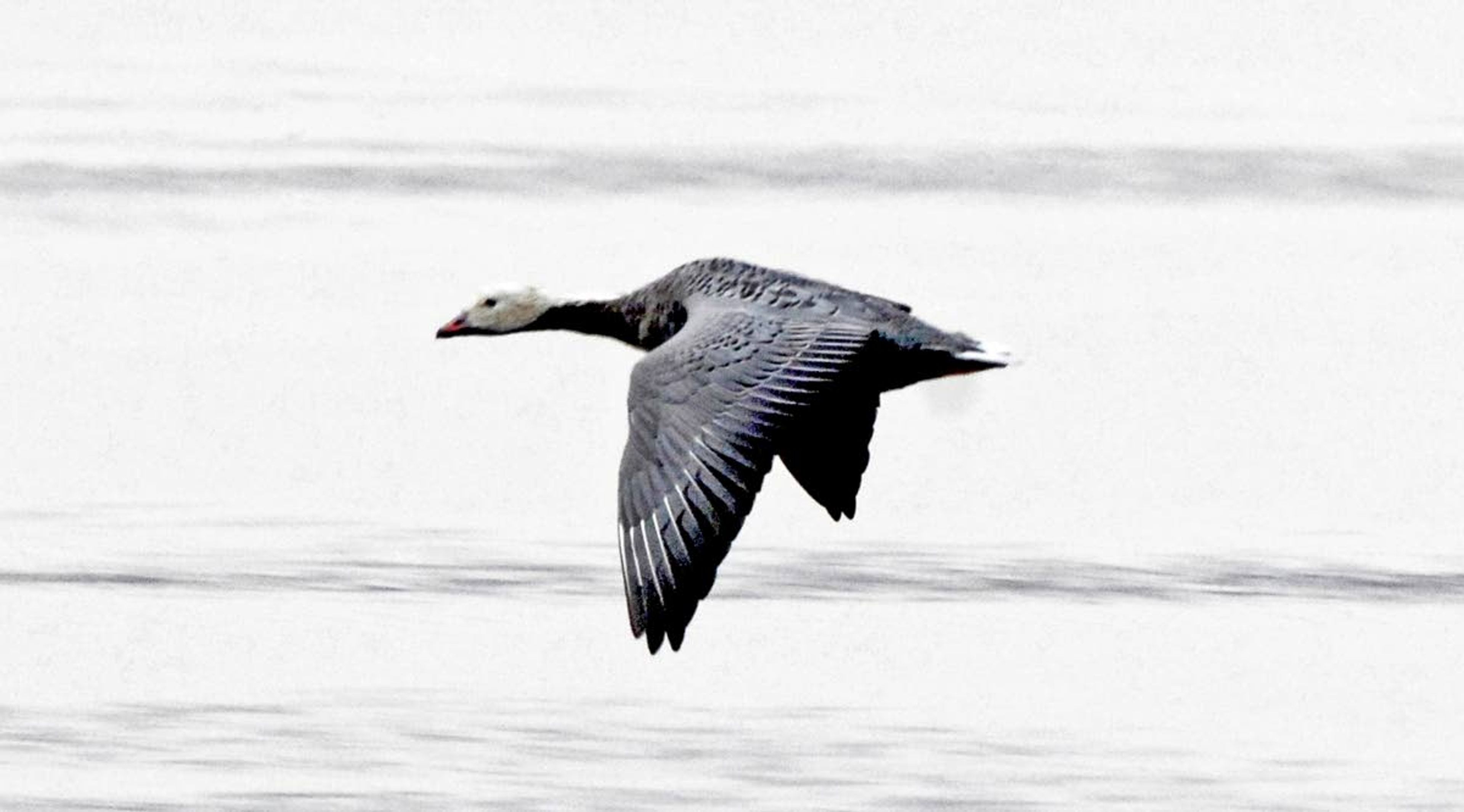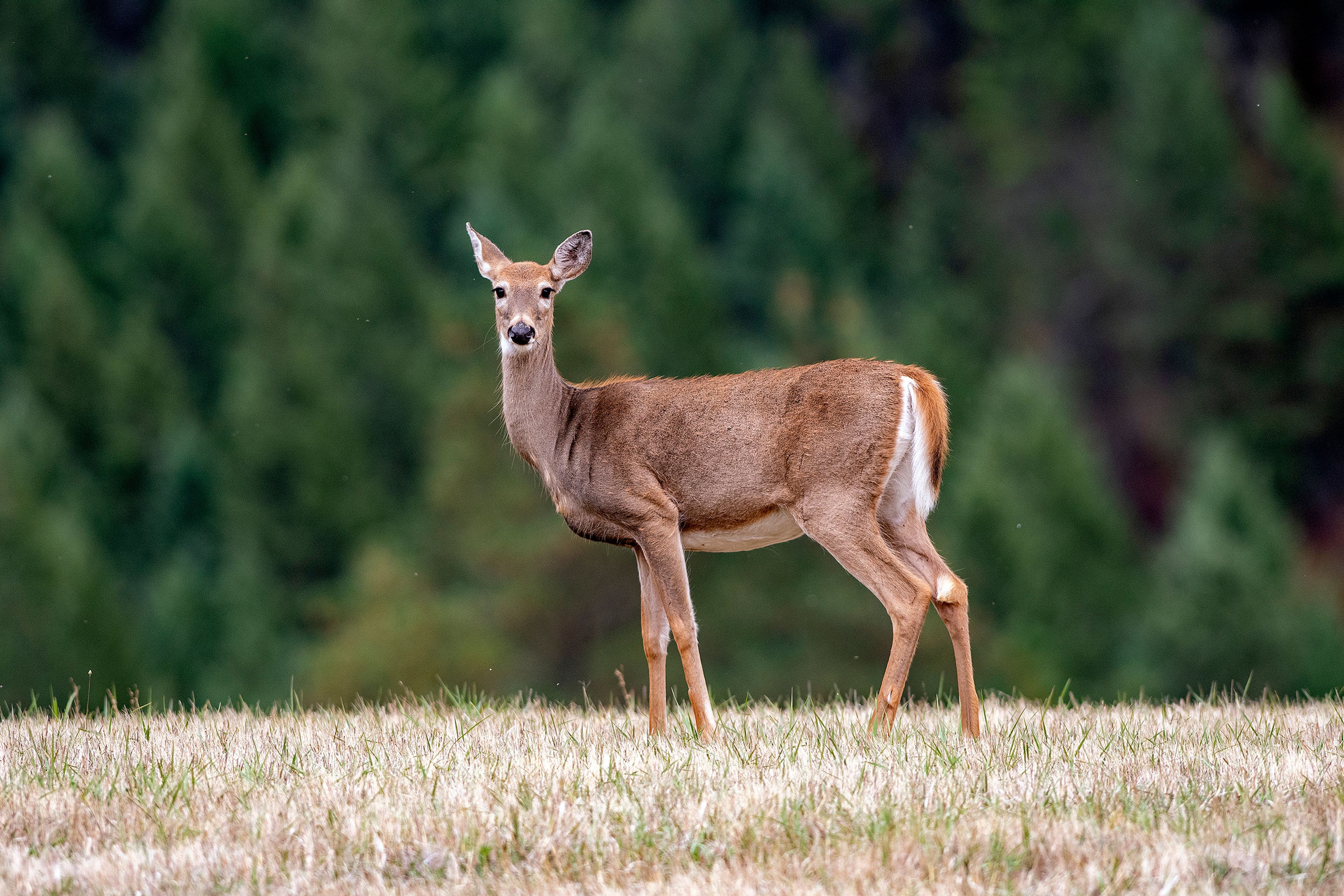Alaskan hunters must now salvage more wing meat
New geese and crane rules bring them more in line with subsistence hunting regulations
This fall, Alaska hunters are required to salvage more meat from cranes, geese and swans, bringing the sport hunting salvage rules closer in line with subsistence hunting regulations.
Alaska’s Board of Game added the new rules last fall, adopting a proposal written by the Native Caucus of the Alaska Migratory Bird Co-Management Council. The new expanded definition for what’s considered edible meat in large game birds follows a 2014 change that added the legs and thighs.
“When you are taught to respect animals or you take care of what you kill, you wouldn’t waste the animal or leave the rest of the bird in the field,” said Andrew Firmin, a Fort Yukon subsistence hunter who advocated the new salvage rules. “It’s a moral and ethical obligation.”
The state game board approved the new rules over the objections of some sport hunters.
“From a sports hunter’s perspective, we like to utilize every part of the meat from any game that that we harvest too,” said Hugh Clark, president of Alaska Waterfowl Association in Anchorage. ‘I just don’t think that salvaging the wings off a crane or a goose is necessary. Waterfowlers across Alaska take pride and respect the resources available to them.”
“I think it’s a little extreme, “ added Clark. “It’s just another way to impose more strict guidelines on another of Alaska’s resources. Where does it stop? This regulation implies that waterfolwers don’t utilize the game harvested to its fullest potential. The size of meat on the back of a goose is no bigger then maybe half an ounce of meat. It’s important that we look at each situation separately and we analyze it accordingly. We need to make sure that it meets and passes the common-sense test.”
The new Alaska Department of Fish and Game regulation change applies only to cranes, geese and swans, not ducks and upland birds. The statewide regulation is being implemented this fall/winter harvest season, which started Sept. 1 in most areas and runs for 107 days.
“The edible meat to be salvaged from the wings include only up to the last joint that’s furthest from the body, which is called the carpo-metacarpus,” explained Jason Schamber, a wildlife biologist who is the waterfowl program coordinator at the Alaska Department of Fish and Game. “Basically, the wrist and hand of the bird.”
The Alaska Board of Game approved the new edible meat definition at a meeting held in Anchorage. The Native Caucus of the Alaska Migratory Bird Co-Management Council proposal included heart and gizzard meat in the definition of edible meats, but the game board removed these organ meats from the new definition. The co-management council consists of Alaska Native representatives and wildlife managers from the state and federal governments.
“Any respectful hunter would take the whole animal and use as much as you can, minus what is blood shot or damaged in the kill,” said Firmin, who serves on the Eastern Interior Alaska Subsistence Regional Advisory Council. “One reason is, I am for the regulation is because in my heart, everyone should do that anyway. I know that is what any ethical hunter would do.”
The different ways Alaskans use different parts of game birds varies across the state. Some people consider the heart, liver, or kidneys as a delicious delicacy. Swan, crane and goose wings are also used for traditional adornment or dancing feathers.
Federal subsistence hunters, who hunt migratory birds in the spring in rural areas, were already required to salvage more parts of geese, cranes and swans than nonsubsistence hunters. In 2016 a definition of edible meat for these birds was added for federal subsistence hunters. The federal subsistence definition of edible meat from these birds includes the gizzards, heart, breast, back, thighs, legs, and wings.
Until recently, state regulations for the fall season defined edible meat for large-bodied migratory game birds as breast meat. In 2014, the Alaska Village Council Presidents (AVCP) submitted a proposal to the Board of Game that added the femur and tibia-fibula (tibiotarsus), also known as the leg and thighs, to the definition of salvageable, edible meat of cranes, geese, and swans. That proposal was prompted when a dumpster containing swans with only the breast meat removed was discovered in Bethel.
“In the Alaska Native subsistence way of life, nothing is wasted,” said Cyrus Harris, Natural Resource Advocate for Maniilaq Association in Kotzebue. “Wasting meat like the swans found in the dumpster in Bethel is considered disrespectful. It was heartbreaking. This regulation is one way to help prevent waste.”
Leona Long is an award-winning public relations practitioner and freelance writer. She lives in Fairbanks.









